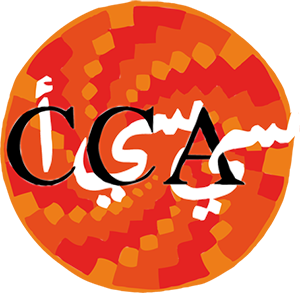About this lecture
The mosaic of the Transfiguration covers a surface of 46 square meters in the basilica of the Monastery of St. Catherine, in Sinai. Made in the 6th century at the behest of Emperor Justinian, it has a rich chromatic range of glass paste, gold and silver tesserae and stone tesserae. The mosaic is a jewel of early Byzantine art. Over the centuries, it has suffered extensive damage due to earthquakes and water infiltrations. Some of the signs of deterioration were the detachment of the preparatory layers from the wall, bulges in the mosaic surface, and lacunae (gaps) in the tesselatum. The area of the large figure of Christ was so badly decayed that the mosaic was close to collapse, as repoted by Kurt Weitzman on the National Geographic in an article published in 1964.
These problems led the monastic community to undertake a delicate program of consolidation and conservation of the mosaic. The CCA, Centro di Conservazione Archeologica, was asked to carry out the restoration work. Works began in 2005, thanks to funding made available by the Emir of Qatar, Sheik Hamad bin Khalifa al Thani, following a conservation project developed by the CCA in 2001 for the Getty Conservation Institute (GCI).
Speaker(s): Roberto Nardi
Date: December 15th, 2011
Location(s): Akademisches Kunstmuseum - Universität Bonn, Germany
Organizing Institution(s): Universität Bonn - Archäologische Vorträge in Bonn und Köln
